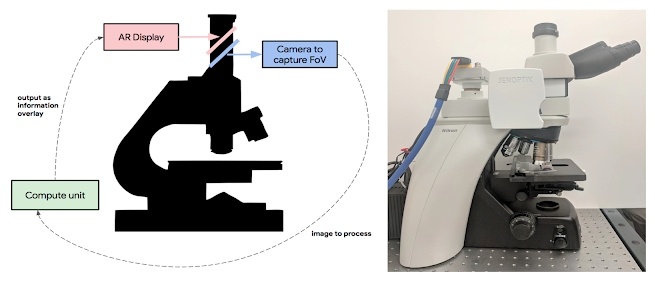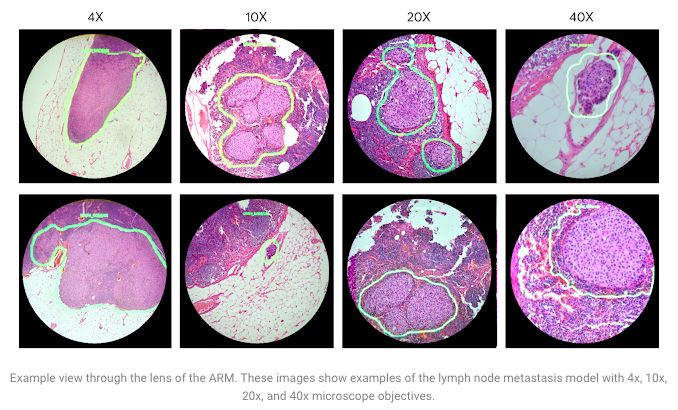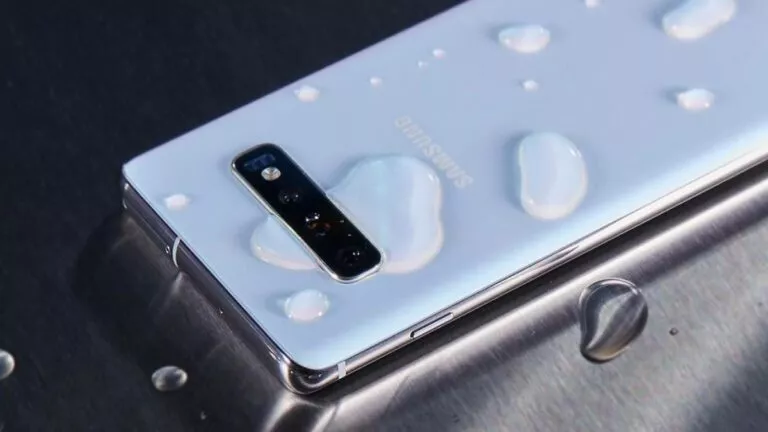Google’s Augmented Reality Microscope (ARM) Can Help In Cancer Detection

Google researchers have developed an Augmented Reality Microscope (ARM) that utilizes artificial intelligence to help physicians diagnose cancer disease in patients. This prototype can analyze biological tissue samples to automatically detect the anomalies caused by cancerous cells in the body.
With this development, pathologists would now be able to diagnose efficiently and faster than before. Hospitals or medical labs can integrate the ARM platform with their existing microscope without having to replace it.
How will Google’s Augmented Reality Microscope work?

Ordinary light microscopes can be modified into ARM by adding a digital camera for scanning and feeding the images to the AI component which uses machine learning algorithms to analyze the samples.
It scans the field of view for areas that exhibit cancerous growth. Upon detection, the infected area is visually highlighted on a custom AR display that is fitted under the eyepiece.
This AR display then superimposes the digitized results onto original (analog) image of the specimen to aid the users in observing the samples efficiently.

At present, the AR powered microscope is capable of identifying only breast and prostate cancer. Also, the system requires trained professionals to operate it, and the model is being trained manually by pathologists on what to look for.
But according to Google, it will be able to diagnose other types of cancer too, once its AI model is trained for it. The company also believes that Augmented Reality Microscope has a vast potential to improve global health by assisting in diagnosis.
Later on, it could be adapted for an extensive array of applications such as life sciences research and material science.
Also Read: Google’s New AI Tech Can Recognize Different Voices In A Crowd






